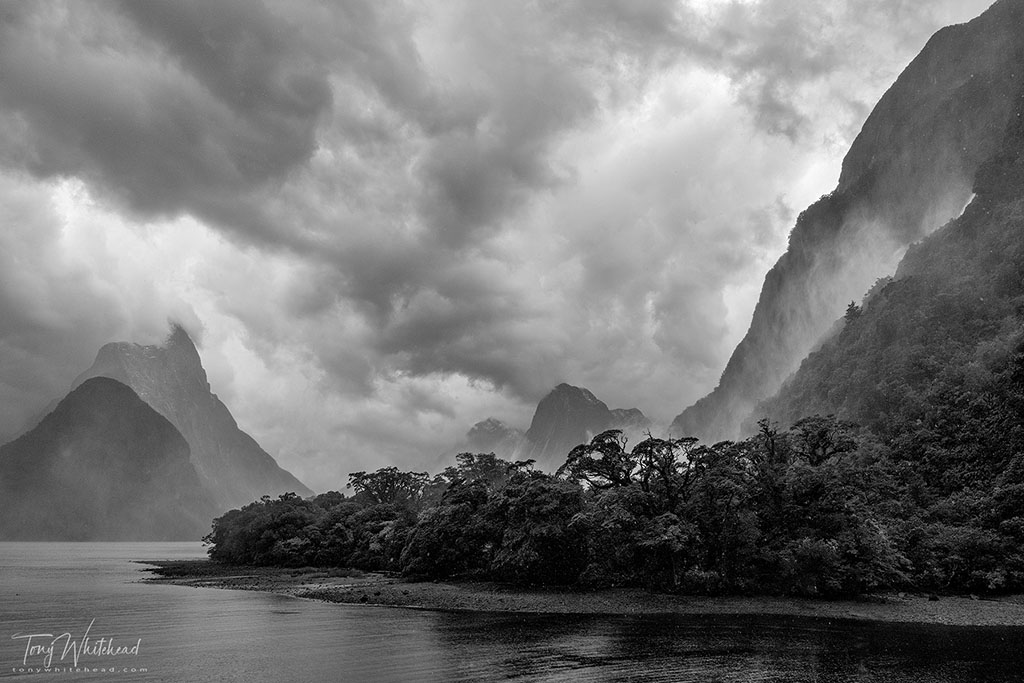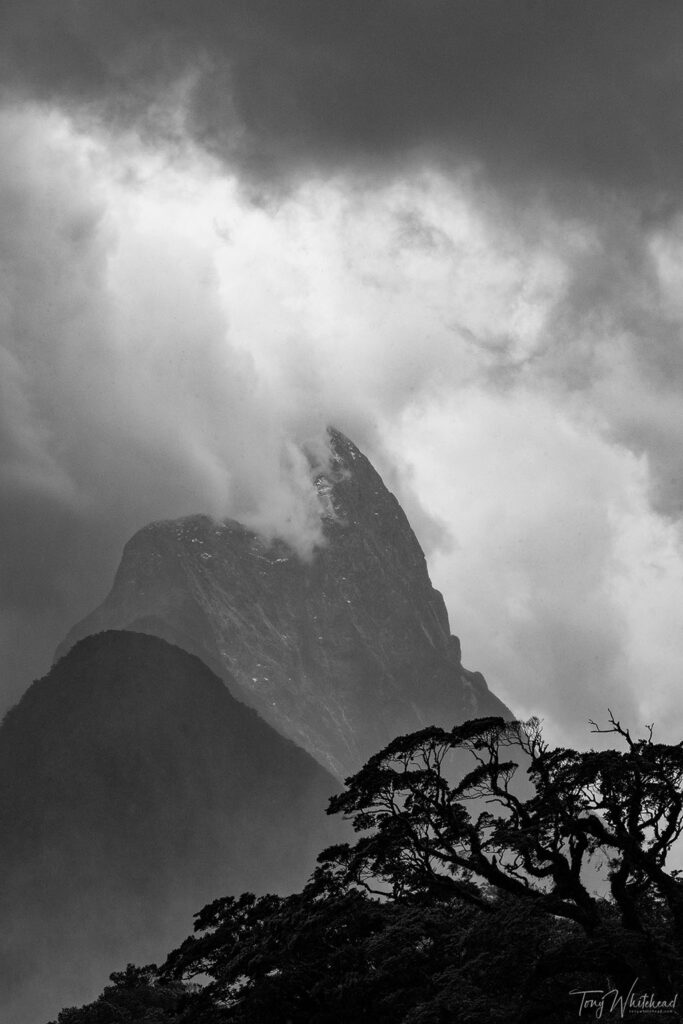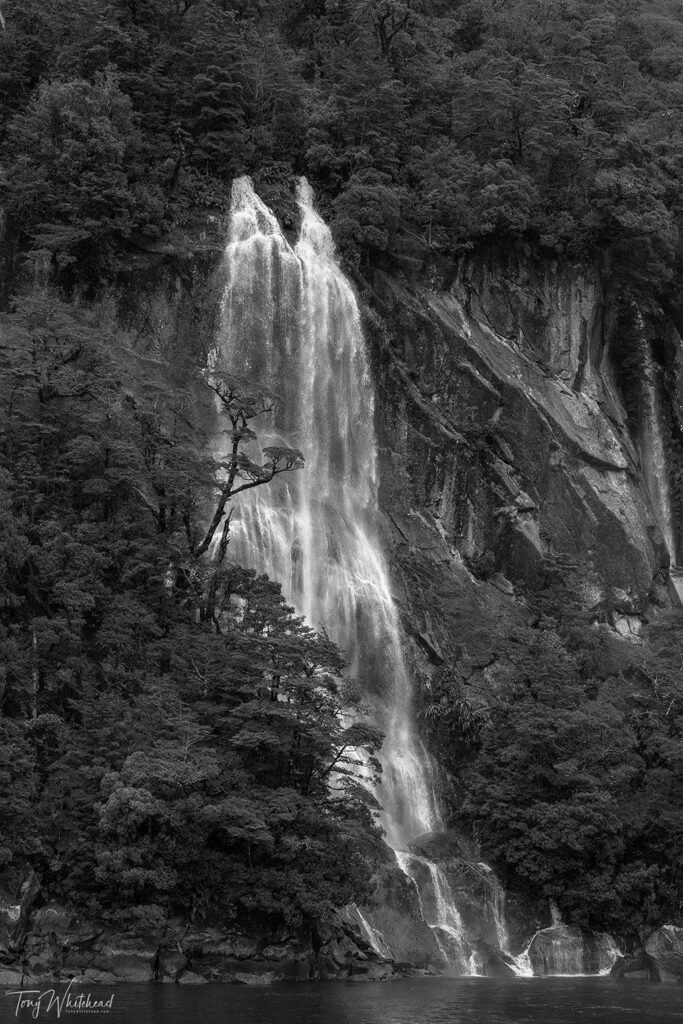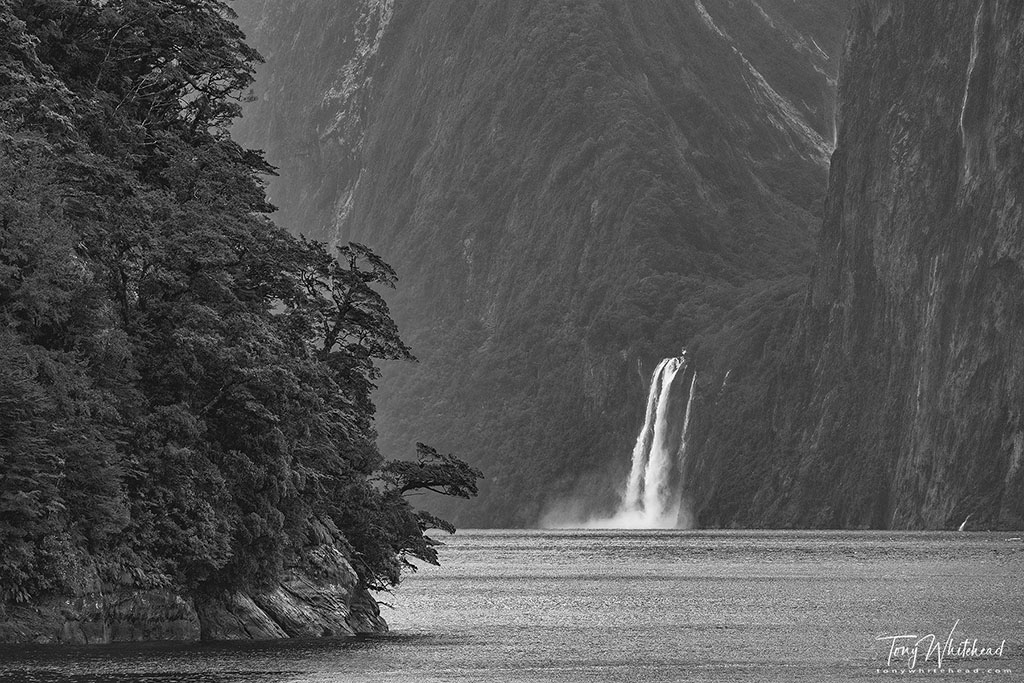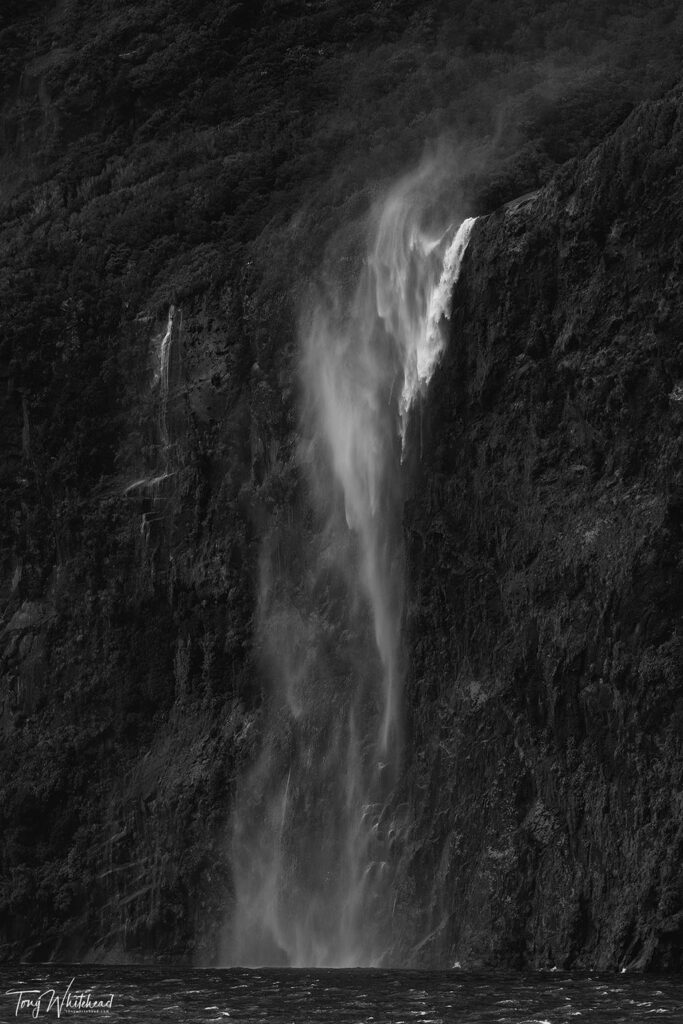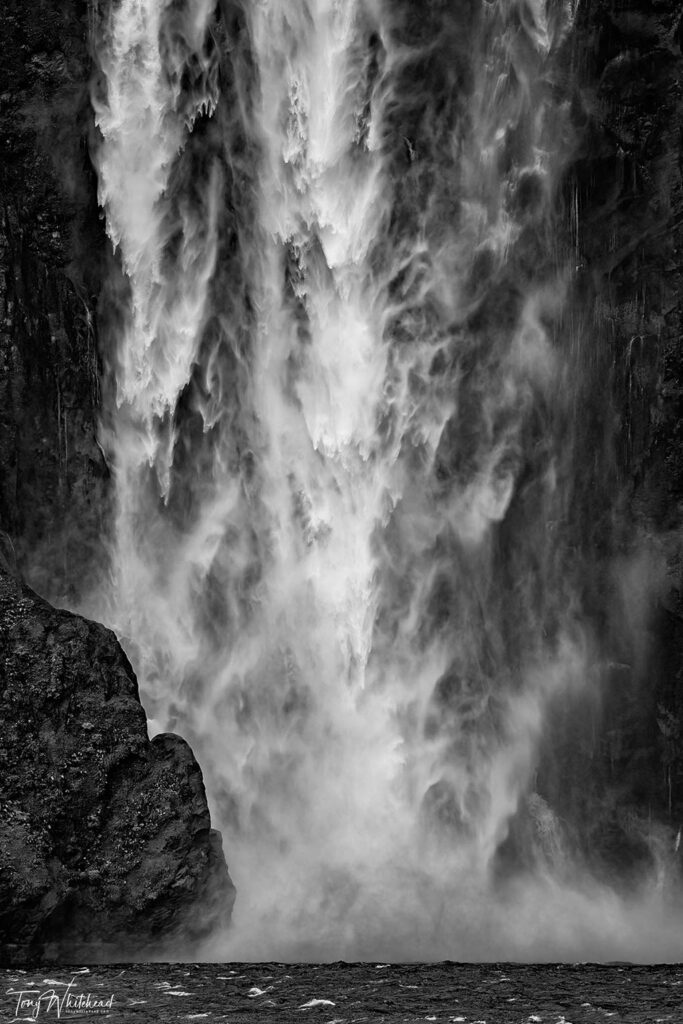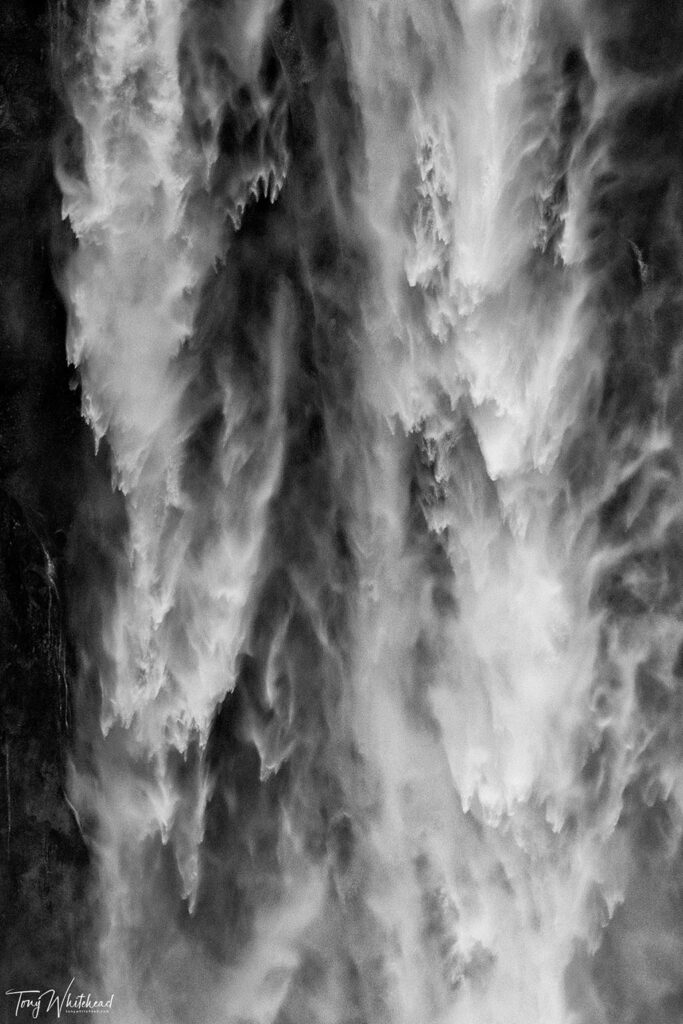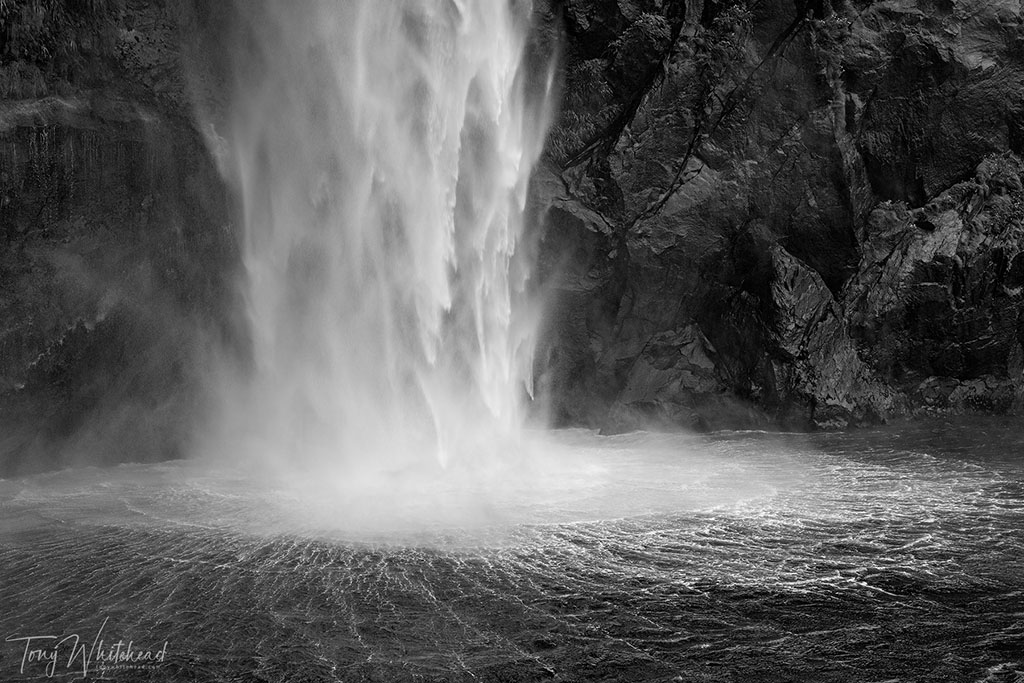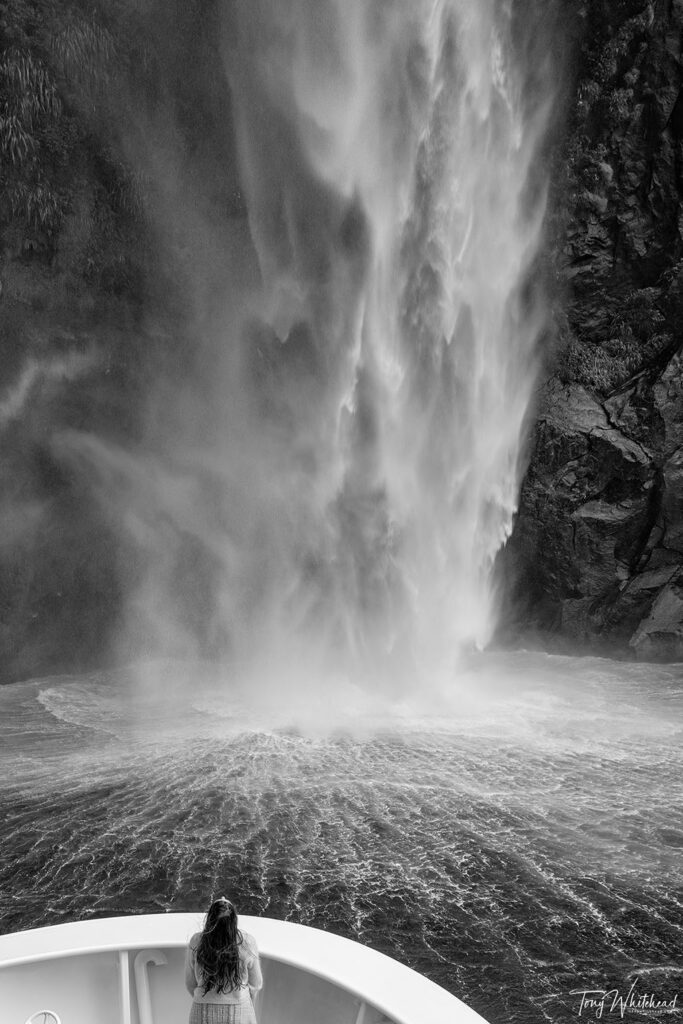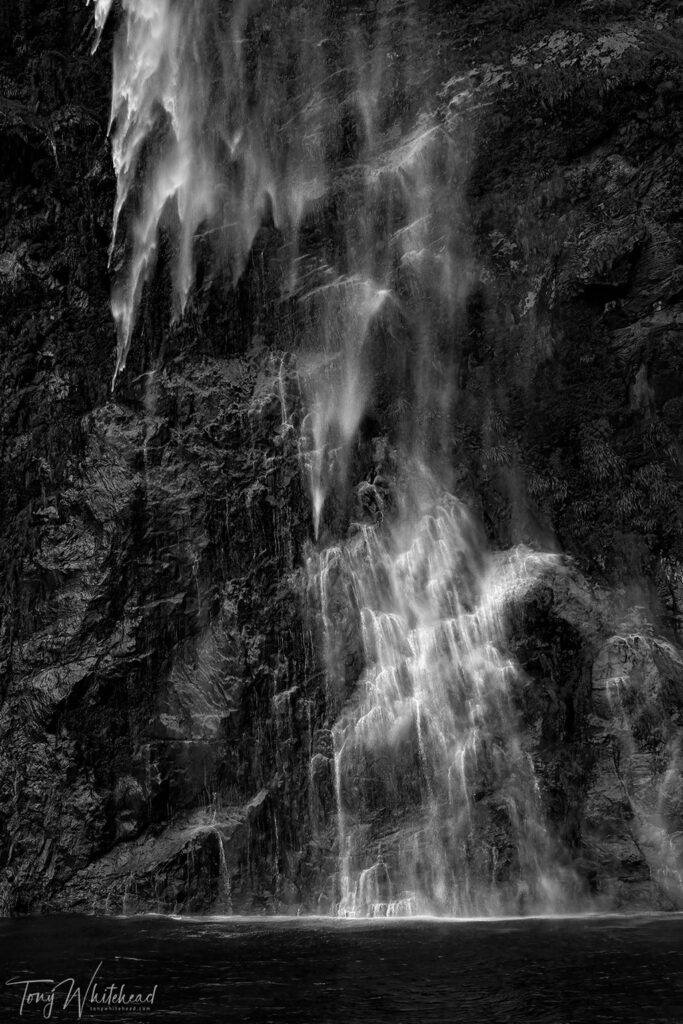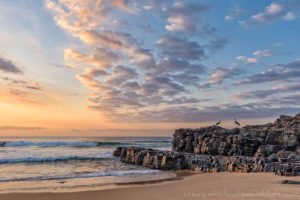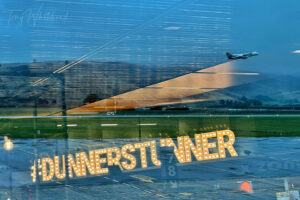These past few weekends I have been busy working from home to try and keep on top of all the COVID case notifications we get each day. This has meant spending most of the time in my office on the computer and phone with the only outside time being a quick ride on my bike in the forest to keep life balanced. Between work sessions on my computer I have used the indoor time to start catching up on image processing.
This has given me the opportunity to revisit Milford Sound/piopiotahi and process some of the images from our visit in November 2021 when we went down to Fiordland for the NZ Nature Photography Summit. The week prior to the summit we had explored Arrowtown, Wanaka, Te Anau, the Eglinton Valley ending with 3 nights in Milford Sound. I have already shared a couple of posts on the Grebes and Song Thrush from Lake Hayes but have a lot more images to work through and process.
We had a lovely stay at Milford Sound Lodge and experienced some of the dramatic weather the area has to offer. The road in to Milford closed shortly after we arrived due to snow and ice and fortunately re-opened before we were due to leave. The benefit of this was that we largely had the place to ourselves without busloads of visitors and the waterfalls were in full force.
During our stay we didn’t go out onto Milford Sound as we were due to return as part of the Summit. This trip was scheduled for the afternoon after my presentation on Photography During Lockdown and was a real highlight. We bussed into Milford in the afternoon with regulation stops at the scenic spots that we had visited a number of times in the preceding days. We then boarded one of the boats and, being late in the day, we were the only boat on the fiord. We started by heading up toward Deep Water Basin where the Cleddau River enters and then turned back for the usual clockwise circuit around the edges of the fiord.
Conditions were wild and windy with occasional bursts of rain. Absolutely ideal for some dramatic scenery and all the work I did was with the intention of Black and White images. The Black and White work of Sebastião Salgado and Don McCullin have long inspired me and I find Milford Sound is far more interesting as a a location for moody monochrome rather than colour images. During our stay I had done some colour images but they just don’t please me as much as the monochromes. I must confess to having a bit of an emotional attachment to Black and White landscape from Milford Sound though!
The intensity of the waterfalls varies hugely depending on the recent rainfall with some drying up between wet spells. On this visit they were all in full force with endless opportunities. Working from a moving platform faster shutter speeds are needed and multiple shots are worth taking to try and achieve pleasing patterns within the ever changing water textures and shapes.
Probably the most iconic waterfall in Milford Sound is Stirling Falls. We approached this before pausing on the fiord for an impressive dinner. As usual the volume of water dropping from the hanging valley causes a strong down draft which patterns the water.
Craig Potton was was one of the keynote speakers at the Summit and took the opportunity of the visit to Milford Sound to add to his current project photographing his model, Jeanie in the context of wilderness. They both endured the spray to make an image at Stirling Falls.
This final image is of a wispy windblown fall that on drier days would not be noticeable.
All photos with Nikon Z7 and Nikkor 24-200mm f4-6.3. Black and White conversions in Nik SilverEfex Pro3. Reviewing this series of images has reminded me of what a versatile lens the 24-200 is. While not an S series lens the versatility of the focal length range and the sharpness is outstanding. It is really a perfect “f8 and be there” lens to have attached to a Nikon Z for travel and landscape photography.
